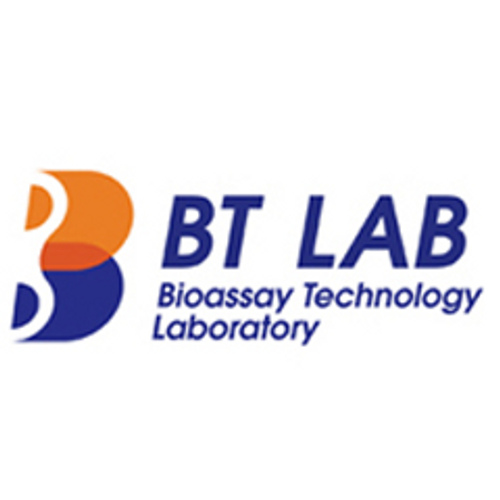Product Description
Human Intercellular adhesion molecule 1 (ICAM-1) ELISA Kit | AE60812HU | Abebio
Species Reactivity: Human (Homo sapiens)
Abbreviation: ICAM1
Alternative Name: BB2; CD54; P3.58; cell surface glycoprotein P3.58|human rhinovirus receptor|intercellular adhesion molecule 1 (CD54) ; human rhinovirus receptor
Application: ELISA
Range: 62.5-4000 pg/mL
Sensitivity: 36 pg/mL
Intra-Assay: ≤4.3%
Inter-Assay: ≤7.9%
Recovery: 1, 05
Sample Type: Serum, Plasma, Other biological fluids
Detection Method: Sandwich
Analysis Method : Quantitive
Test Principale: This assay employs a two-site sandwich ELISA to quantitate ICAM1 in samples. An antibody specific for ICAM1 has been pre-coated onto a microplate. Standards and samples are pipetted into the wells and anyICAM1 present is bound by the immobilized antibody. After removing any unbound substances, a biotin-conjugated antibody specific for ICAM1 is added to the wells. After washing, Streptavidin conjugated Horseradish Peroxidase (HRP) is added to the wells. Following a wash to remove any unbound avidin-enzyme reagent, a substrate solution is added to the wells and color develops in proportion to the amount of ICAM1 bound in the initial step. The color development is stopped and the intensity of the color is measured.
Product Overview: ICAM-1 is a type of intercellular adhesion molecule continuously present in low concentrations in the membranes of leukocytes and endothelial cells. Upon cytokine stimulation, the concentrations greatly increase. ICAM-1 can be induced by interleukin-1 (IL-1) and tumor necrosis factor alpha (TNFα) and is expressed by the vascular endothelium, macrophages, and lymphocytes. ICAM-1 is a ligand for LFA-1 (integrin), a receptor found on leukocytes. When activated, leukocytes bind to endothelial cells via ICAM-1/LFA-1 and then transmigrate into tissues.ICAM-1 has been implicated in subarachnoid hemorrhage (SAH) . Levels of ICAM-1 are shown to be significantly elevated in patients with SAH over control subjects in many studies.
Stability: The stability of ELISA kit is determined by the loss rate of activity. The loss rate of this kit is less than 5% within the expiration date under appropriate storage condition. The loss rate was determined by accelerated thermal degradation test. Keep the kit at 37°C for 4 and 7 days, and compare O.D.values of the kit kept at 37°C with that of at recommended temperature. (referring from China Biological Products Standard, which was calculated by the Arrhenius equation. For ELISA kit, 4 days storage at 37°C can be considered as 6 months at 2 - 8°C, which means 7 days at 37°C equaling 12 months at 2 - 8°C) .
 Euro
Euro
 USD
USD
 British Pound
British Pound
 NULL
NULL








